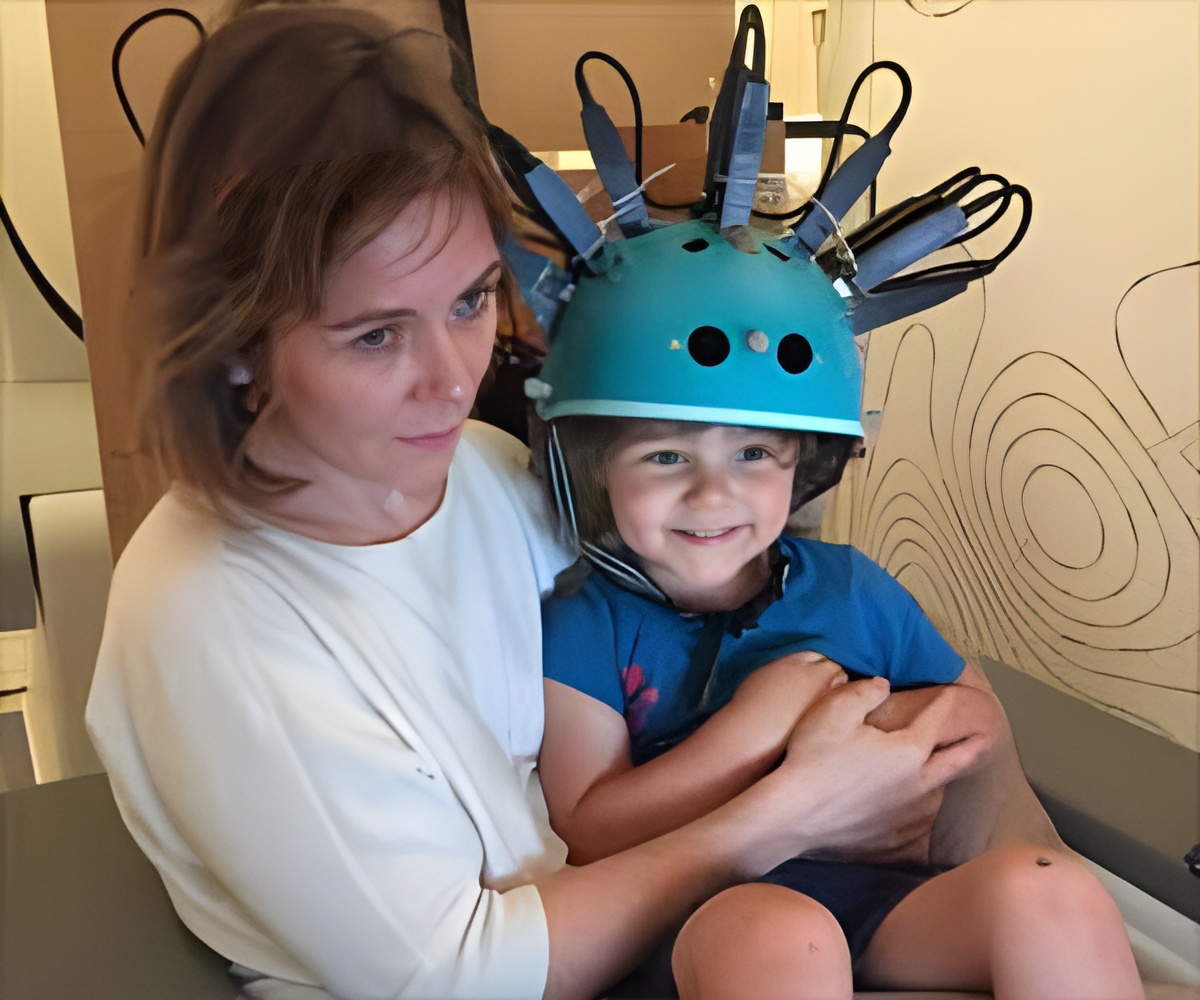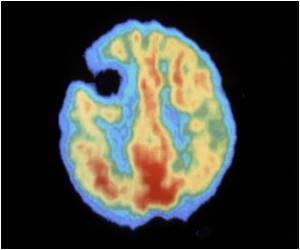Difficult childhood experiences may impair brain development, but strong social environments can help mitigate effects.

White Matter Development from Birth to 6 Years of Age: A Longitudinal Study
Go to source).
‘Did You Know?
Adversity rewires young brains—but positive parenting and close-knit neighborhoods can offer crucial protection. #brainhealth #medindia ’





Adversity rewires young brains—but positive parenting and close-knit neighborhoods can offer crucial protection. #brainhealth #medindia ’
Advertisement
White Matter and Early Life Influence
White matter, crucial communication channels in brain networks, develops during childhood, with individual differences in maturation influenced by childhood experiences. Researchers at Brigham and Women's Hospital aim to understand its role inAdvertisement
Study and Its Findings
Prenatal risk factors and interpersonal adversity, can affect a child's cognitive abilities. TheAdvertisement
Power of Resilience and Future Research
Our environment, including relationships, home life, and material circumstances, can shape our brains and bodies, impacting our abilities. They urge for more stable, healthy home lives, especially in childhood. However, their study is based on observational data and requires prospective studies to definitively connect adversity and cognitive performance.References:
- White Matter Development from Birth to 6 Years of Age: A Longitudinal Study - (https://pmc.ncbi.nlm.nih.gov/articles/PMC7947172/)
Source-Mass General Brigham









